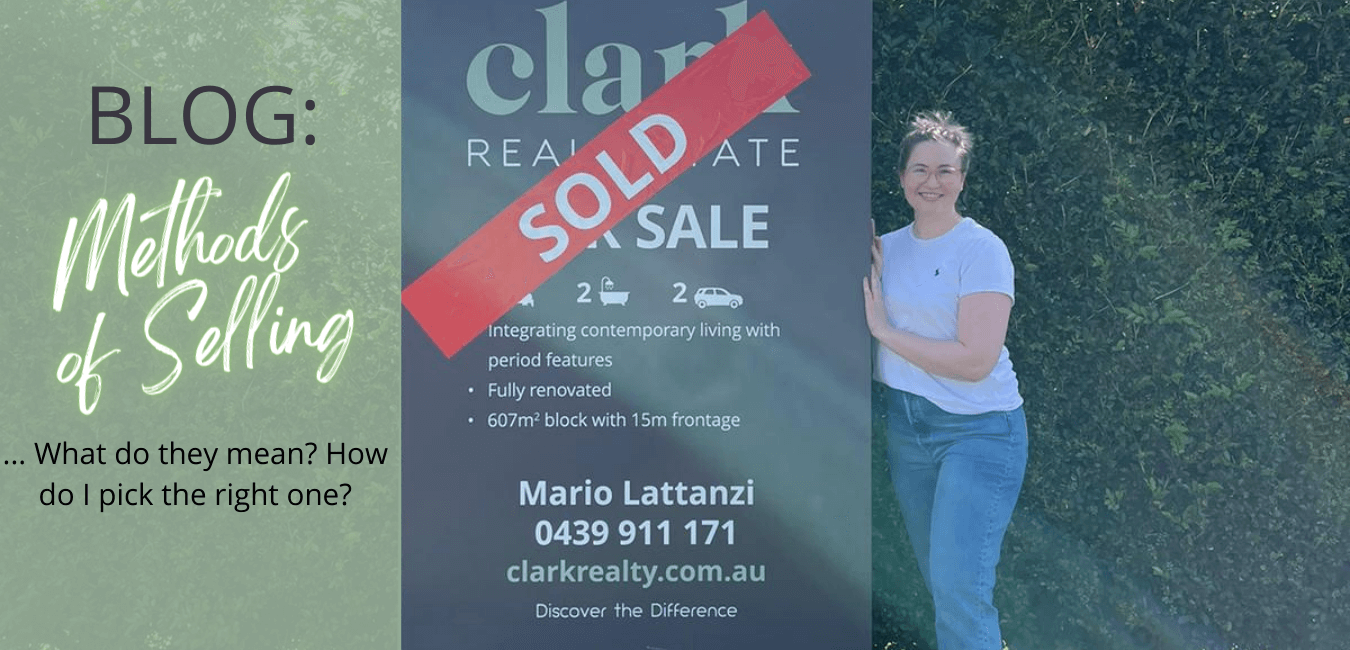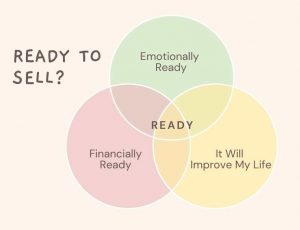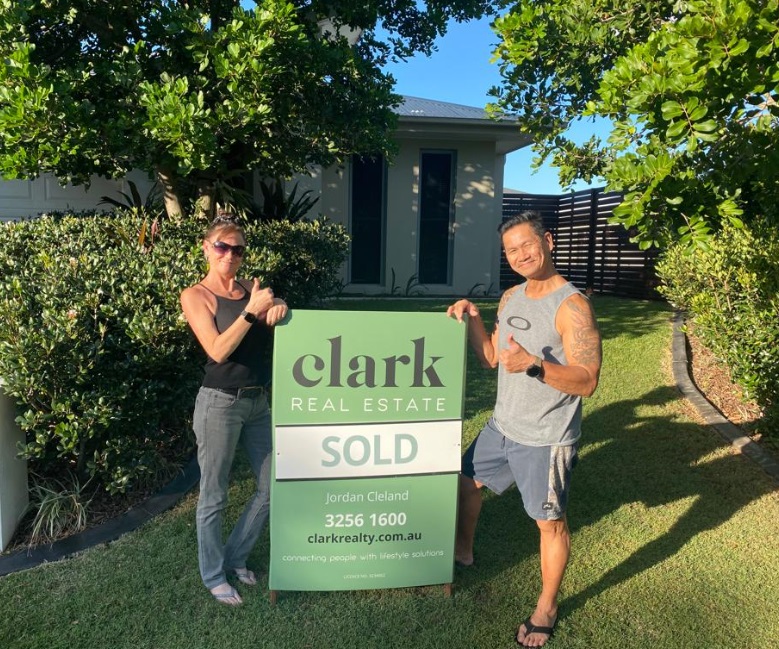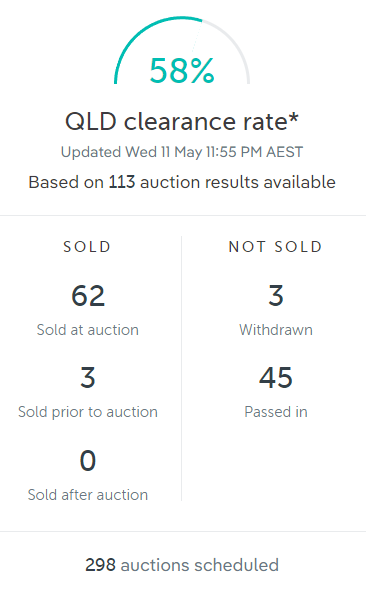
Methods of Selling a Property
Let’s face it, for a lot of people selling a home is something they might only do a few times in a lifetime. Aside from the fact that it is unfamiliar territory for most people there are some important questions you need to ask yourself before you sell. The first “Am I emotionally ready to sell?” and “How will the sale of this property improve my life?”. In other words, am I ready to sell and do I want to sell? If the answers to that are yes, then selling and moving might be right for you.
Some of the most common reasons we hear when people are ready to make a move are:
- I want to upsize/downsize.
- Change in lifestyle (I want to be closer to the beach etc).
- Changing where you work – with a lot of people changing work locations or even working from home these days people have the freedom to live where they like, instead of work proximity.
- I am sick of looking after this big old Queenslander.
Whatever the reason may be, at Clark Real Estate we always say that the best time to sell a property is when you are ready. If it were a Venn Diagram being ready to sell or make a move, would be at the intersection of emotionally ready, financially ready and it will improve my life.

Once this has been established it is helpful to have an understanding of the methods of sale that are available to you in the marketplace. At the end of the day there are really only two types of selling a residential property, though a Private Treaty Sale or an Auction. Every other method is more or less a variation of one of these two types. They can be designed to suit your situation or property type best!
Private Treaty Sale –
Generally speaking, this is the most common method that a property is sold by. This method of sale relies heavily on your agent being a good negotiator to get the best possible sale price and best net result.
Standard Private Treaty sale –
As the most common sale method in real estate most people understand this type of sale in one way or another. This method involves the property being marketed to the general public for sale either with or without a price. It involves a good marketing campaign and needs an agent skilled at negotiation. Even though when going to market without a price form a buyer standpoint can seem a little annoying it can really help the seller. The advantage of going to market without a price is to collect feedback from buyers in the market.
Maybe the property is unique, suits some buyers more than others or in some instances it can be a bit difficult to put a price on it. So rather than scaring off buyers with something too high, or putting it on the market with a price that is too low. We can bring it to market without a price and get the best possible indication of what it is worth; feedback from buyers and THE MARKET in general!
One of the most important things to consider when selling a property with this method is “Is my agent a good negotiator?”. You don’t want an agent that is just going to bring you any offer on a property, you want them to create some buzz about the property and negotiate buyers up to their best price. A good agent won’t just bring you an asking price on one contract they will negotiate on your behalf before it comes to you, and should be able to get more than one offer on the table. Afterall that is what you are paying for right?
Pros of private treaty:
- Opportunity to explore prices that work in the market
- Requires a skilled negotiator
- Low Cost
- Low pressure/stress
- Gives control to the seller
- Attracts a larger buyer pool
Cons of Private treaty:
- Perception that price only comes down with time
- No deadline or pressure on buyers
- Relies heavily on the agent’s ability to negotiate

Tender and Expression Of Interest (EOI) –
These two methods of sale are fairly similar and fall under the category of private treaty. This is when a property is brought to market with all of the standard marketing campaigns. BUT there is no price put on the property. Prospective buyers are asked to put their best foot forward in order to buy the property. There are normally some terms laid out from the seller and a cut-off date. Offers can be changed before the cut-off but not after. One of the main advantages here is that buyers can’t easily compare your property to others based only on price and are encouraged to put their walkaway price on paper or risk losing out on the property. Since buyers don’t know what other people are putting as an offer it can help you to get buyers to their walkaway price. However, there is limited room for the agent to negotiate on your behalf.
Pros of Tender/EOI:
- Lack of transparency on bids
- A set end date
- Fast and clear campaign
Cons of Tender/EOI:
- Relies on multiple offers
- Offers are all based on the perceived value from buyers
- Little to no room for the agent to negotiate for you
Auction –
Often touted in the media as creating high sale prices for sellers. While this is true, it does fetch a high sale price it does not always get the highest price out of buyers.
Let’s take the example of a property sold recently by Clark Real Estate on Bale Street in Albion. The sellers decided we were the best fit for them and we got to work helping them to sell and achieve their goals. Fastforward to the negotiations of the sale price. It was a lovely modern home with multiple offers on the table. A multiple offer situation is the sweet spot for getting the best net return when selling a home. When all was said and done there were 5 bids on the table for the buyer, most of them over the asking price and all of them were at their walk away price. In a public auction the person that wins the property only needs to outbid the other parties by increments of $1000 or even less until the other buyers cannot keep up. This is irrespective of how much the winning bidder is even able to pay. They might have another $60k in the tank that they are willing to spend but don’t need to. In the case of Bale Street in Albion the bid from the person that bought the property was $85,000 higher than the second highest offer. If this was a standard auction the winner would have only needed to beat the other bidder of increments of $1000 or less. What this means for a seller is that given the buyer pool and their purchasing power, if this property was sold by the public auction method it would have been undersold by $84,000! From can you see that strategy and selling method are some of the most important considerations for getting you the best possible net return?
Public Auction –
This is the second most popular method of sale. This method often includes a fairly pricey marketing campaign, a big lead up to the big even; auction day! The stage will be set for the home to be sold, a lot of work goes into the preparation, ensuring that the home presents well before the auction. Ensuring a lot of people show up to the event and that there are a good number of registered bidders. The agent will help you select an auctioneer to hire and once the bidding starts the final price is in the hands of the buyers and whatever the auction clearance rates may be.
The bidding will start wherever the first bidder decides and will end once one bidder has outbid the rest, if at all! Assuming all goes well the property will be sold for a price above the reserve price. It is important to note that the public auction method is the most expensive method of selling a property and if it does not sell on the day it can be a bit of a blow to the wallet and to the perception of your property in the market.

Pros of Public Auction:
- Perceived competition and theatre on the day
- Unconditional contract (But this can limit the buyer pool)
- Defined sale date
Cons of Public Auction:
- Limited buyer pool
- High cost
- High stress
- Final outcome is totally unknown
Private Auction –
While this method is still a private treaty sale for the purposes of this article it makes sense to place it under the auction category. The private auction sale is where things get interesting and there are a lot of advantages to the seller using this method. Not just in achieving the highest price but also it can really be tailored to the seller’s needs. Using this method we can really build a campaign and a sale method that works best for you and your situation. We can build in deadlines, pick and choose parks of marketing campaigns that will suit you and use a whole range of ideas to set you it up in the best way possible.
So how does it work?
The aim of the private auction is to simulate an auction under the guise of a private treaty multiple offer situation. As usual the property is brought to market with a good marketing campaign, and just like we said earlier in the article we can bring it to market with or without a price or use price guidance. Once this is done it is the objective of the skilled agent to get as many solid offers on paper as possible. Each of these “Bidders” will then be informed that the property is under a multiple offer situation and that we are not able to tell them what other offers are. However, what they must do in order to buy the property is put their best possible offer on paper. What we are going for here is their walk away price. The price at which one dollar more the buyer is happy to lose out on the property. Of course, there are some more negotiating tactics we use but simply put it is just about getting the maximum the buyer is willing to spend on the property and in some cases the maximum they can afford! This is one method of ensuring that the seller knows they are getting the best price in the market.
Pros of Private auction:
- No digital footprint if the outcome is not a good one
- It is a truly competitive process
- Larger buyer pool
- Lower cost
- Requires an agent that can negotiate well on your behalf
- Not dependant on auction clearance rate
Cons of Private auction:
- The lack of theatre on the day
- Some buyers are unfamiliar with the process
- Some buyers may doubt how competitive the bidding environment actually is
If you are interested in learning more about sales methods please call us on (07) 3256 1600.
Or send us a message below and we will contact you –

